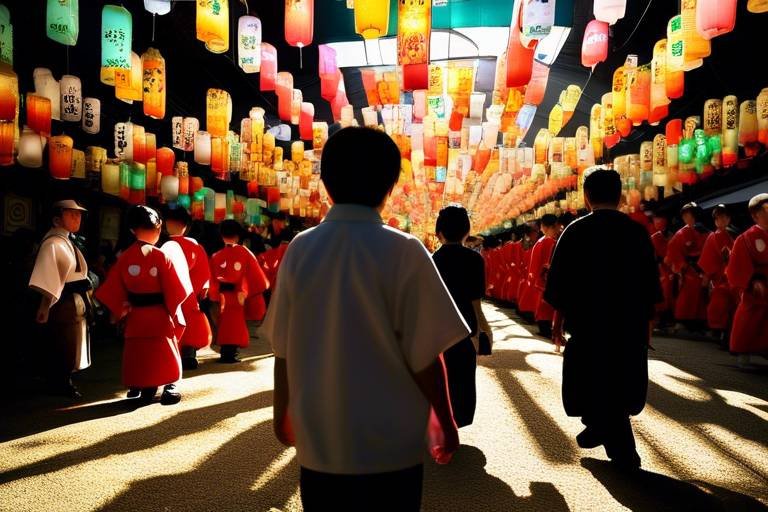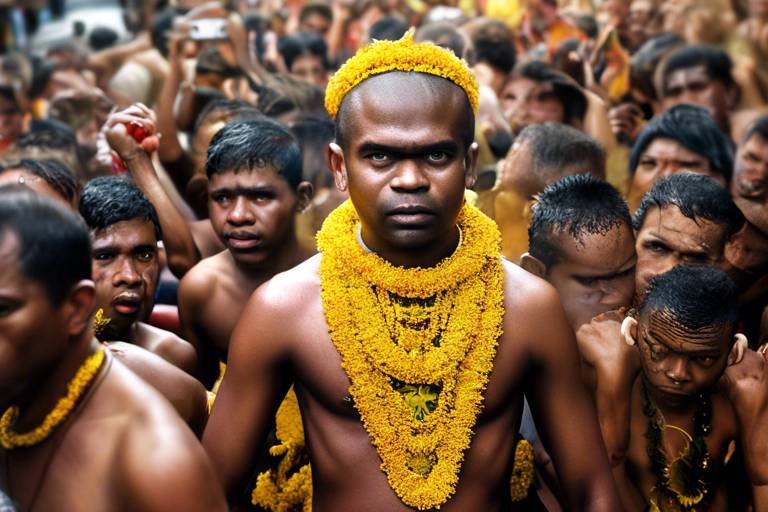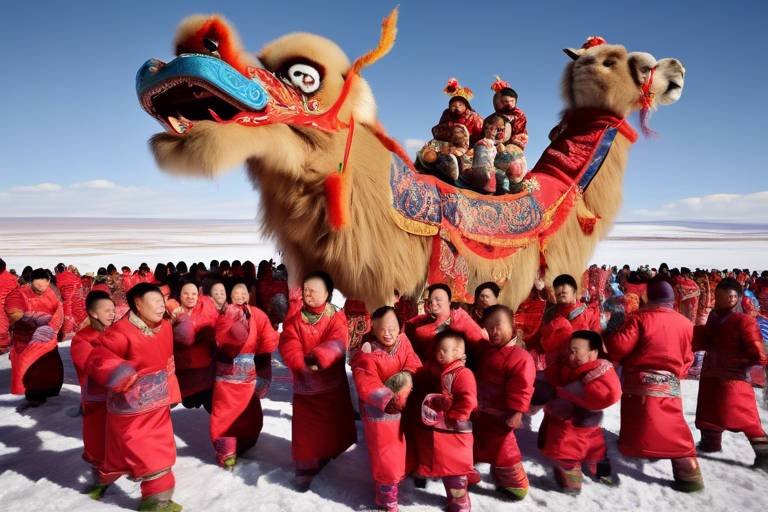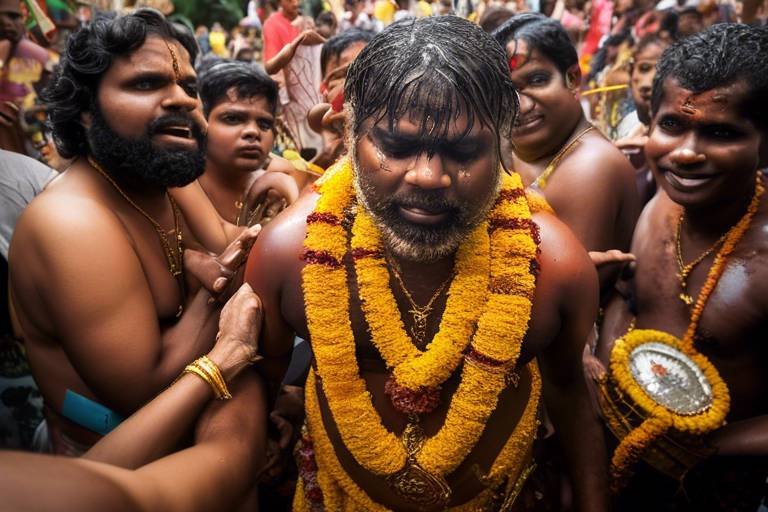The Colorful Traditions of India's Gangaur Festival
India's Gangaur Festival is a vibrant and colorful celebration that embodies the essence of love, marriage, and the arrival of spring. This traditional event is a spectacle of rich cultural traditions and customs that have been passed down through generations, creating a tapestry of rituals and festivities that are truly unique to India.
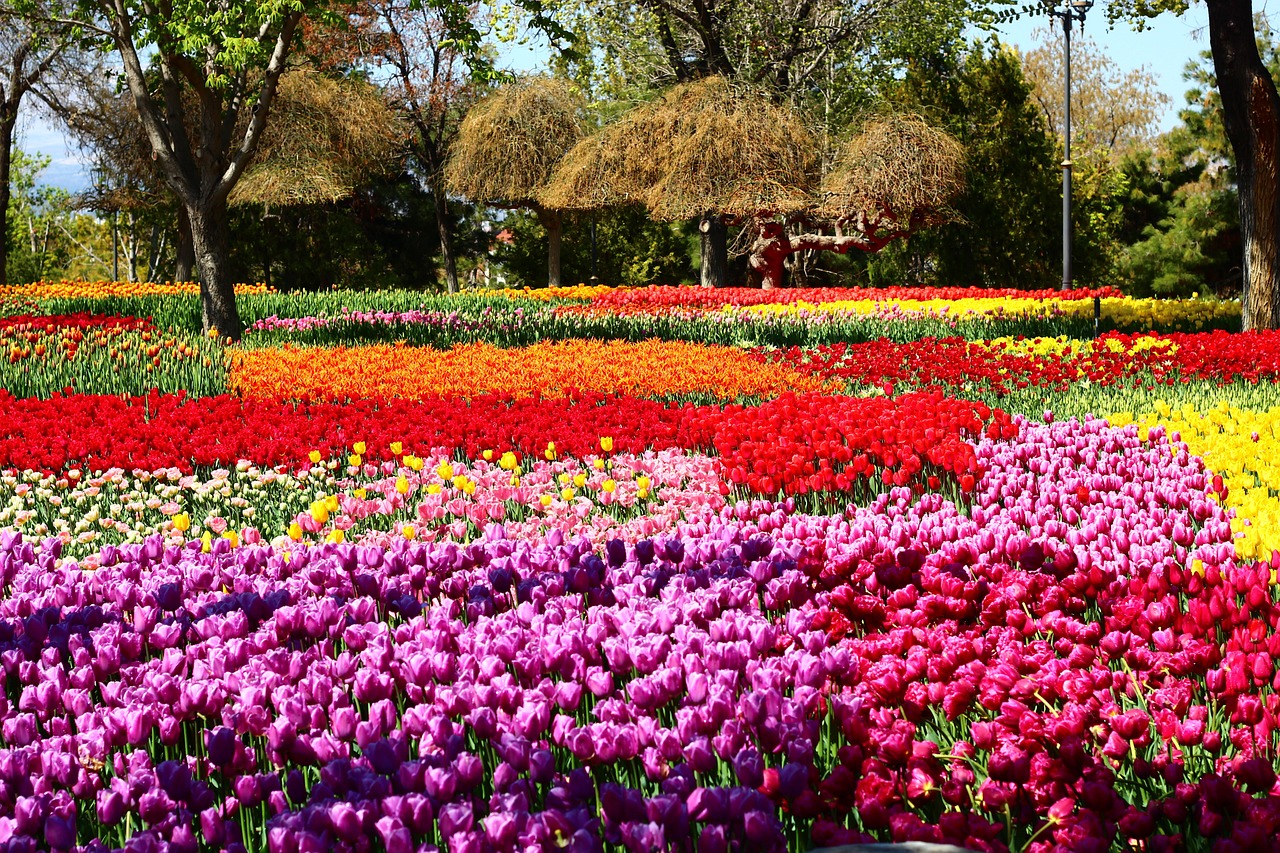
Origin and History of Gangaur
The Gangaur Festival, deeply rooted in the history and culture of India, has a fascinating origin story that dates back centuries. Legend has it that the festival is dedicated to Gauri, the goddess of marital bliss, and Lord Shiva, her consort. The word "Gangaur" is derived from 'Gan', meaning Shiva, and 'Gaur', symbolizing Gauri or Parvati. This auspicious occasion is celebrated with great fervor, especially in the state of Rajasthan, where it holds immense significance.
According to folklore, the origins of Gangaur can be traced back to the story of the virtuous Gauri, who underwent rigorous penance to win Lord Shiva as her husband. Her unwavering devotion and determination impressed Shiva, leading to their union. This tale of love, devotion, and perseverance forms the foundation of the festival, symbolizing the bond between husband and wife, as well as the arrival of spring.
Over the years, the Gangaur Festival has evolved into a grand celebration that not only honors the divine couple but also showcases the rich cultural heritage of India. The rituals and ceremonies associated with Gangaur are steeped in tradition and hold deep symbolic meaning for the participants. From fasting to vibrant processions, each ritual is a testament to the enduring customs passed down through generations.
As the festival continues to enchant both locals and visitors alike, its historical significance remains a testament to the enduring traditions and beliefs that form the tapestry of Indian culture. The colorful festivities and joyous atmosphere during Gangaur reflect the timeless charm of this ancient celebration, bringing communities together in a spirit of unity and reverence.
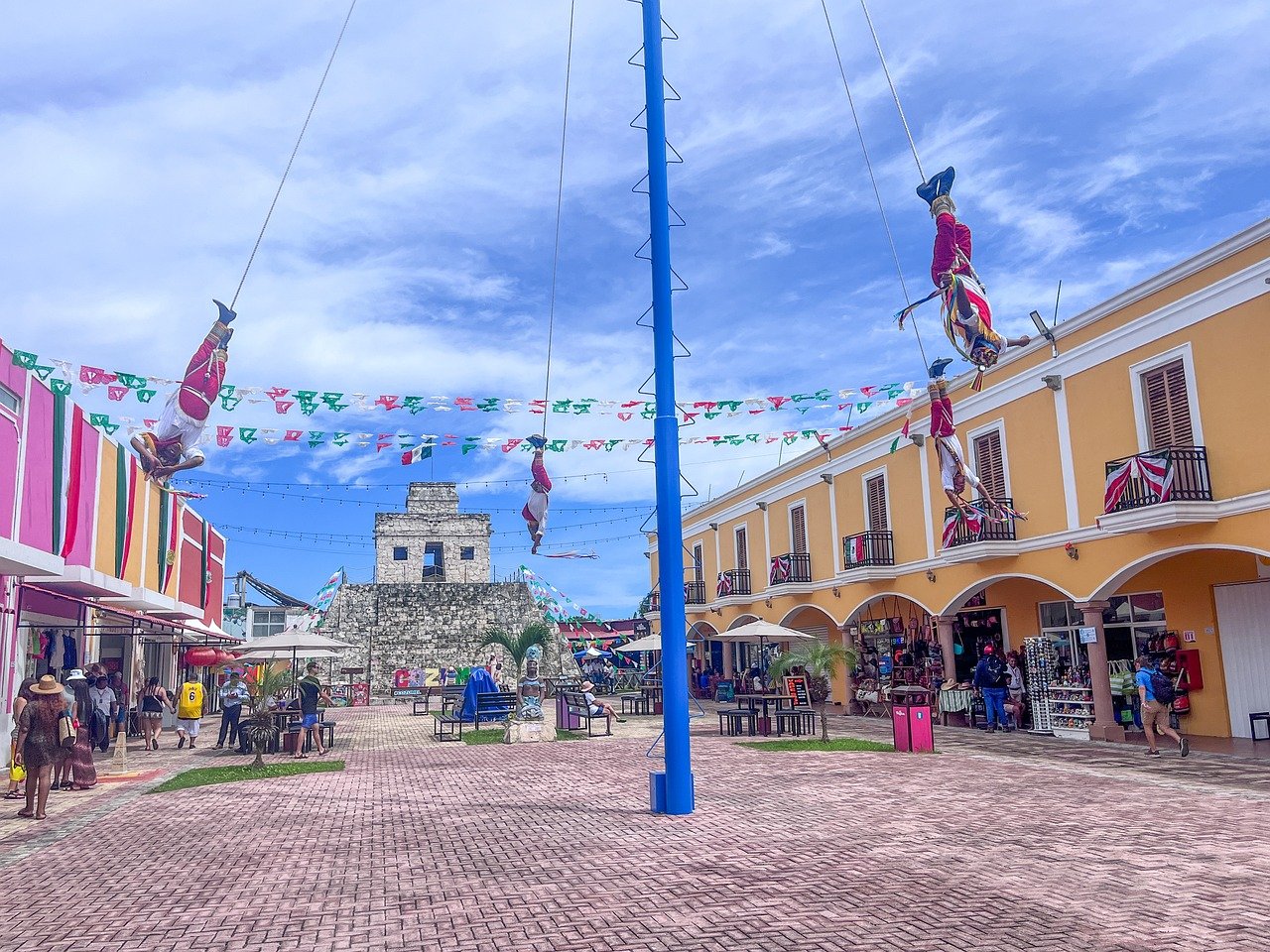
Gangaur Rituals and Ceremonies
The Gangaur Festival in India is a vibrant celebration that encompasses a myriad of rituals and ceremonies, each holding deep cultural significance. One of the central rituals observed during Gangaur is fasting, where married women abstain from food and water for the well-being and longevity of their husbands. This act of devotion and sacrifice symbolizes the strength of marital bonds and the enduring love between spouses.
Colorful processions are another integral part of the Gangaur Festival, where women dress in traditional attire adorned with bright hues and intricate designs. Carrying beautifully decorated pots on their heads, these processions weave through the streets, accompanied by music, dance, and joyous celebrations. The visual spectacle of these processions reflects the exuberance and vitality of the festival.
Traditional performances play a vital role in the Gangaur festivities, with dancers showcasing their skills in various folk and classical forms. These performances not only entertain the onlookers but also convey stories of love, devotion, and springtime rejuvenation. The rhythmic beats of the music and the graceful movements of the dancers create an enchanting ambiance that captivates all who participate.
Symbolism is deeply embedded in the rituals and ceremonies of Gangaur, with each gesture carrying profound meaning. From the intricate decorations adorning homes to the elaborate rangoli art that graces doorsteps, every element is imbued with symbolism related to prosperity, fertility, and auspiciousness. The meticulous attention to detail in these decorations reflects the reverence and devotion of the participants.
Overall, the rituals and ceremonies of the Gangaur Festival serve as a testament to the rich cultural heritage and deep-rooted traditions of India. Through fasting, processions, performances, and symbolic gestures, the festival brings communities together in a spirit of unity and celebration, honoring love, marriage, and the arrival of spring.
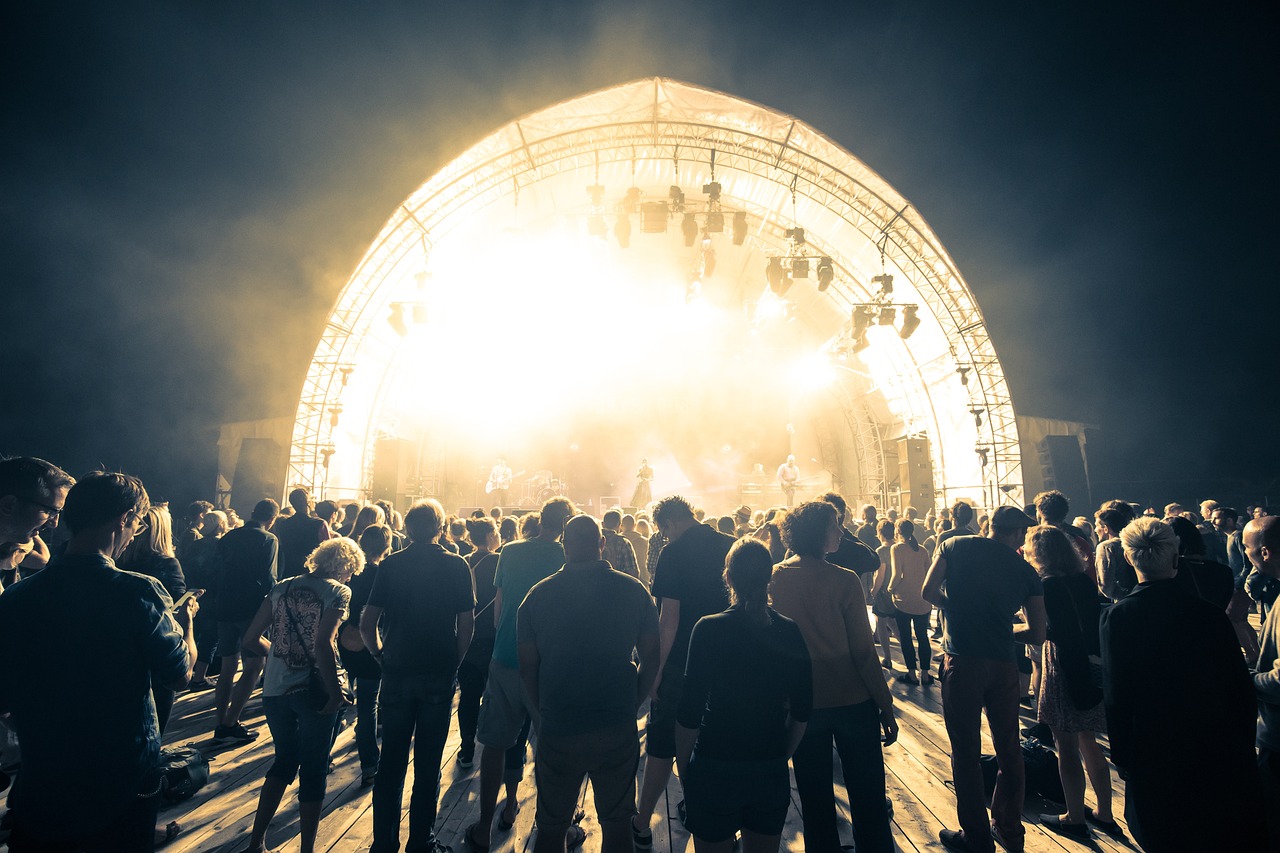
Traditional Dress and Attire
The Gangaur Festival in India is a vibrant celebration that showcases the rich cultural heritage of the country. One of the most captivating aspects of this festival is the traditional dress and attire worn by participants. The attire for Gangaur is a colorful and elaborate display of cultural significance, featuring a blend of traditional styles and modern influences.
During the Gangaur Festival, women typically wear sarees or lehengas in bright and bold colors such as red, green, yellow, and orange. These colors symbolize joy, prosperity, and the arrival of spring. The attire is often adorned with intricate embroidery, mirror work, and beadwork, adding a touch of elegance and charm to the outfits.
Men also participate in the festivities by wearing traditional attire such as kurtas paired with dhotis or churidars. These outfits are often complemented with turbans or pagdis in vibrant hues, completing the traditional look. Accessories like necklaces, bangles, and earrings are also commonly worn to enhance the overall attire.
The attire worn during the Gangaur Festival not only reflects the cultural heritage of India but also holds symbolic significance. Each garment and accessory carries a unique meaning, representing aspects such as love, marriage, and fertility. The intricate designs and vibrant colors of the attire add to the festive atmosphere, creating a visual spectacle that captivates onlookers.
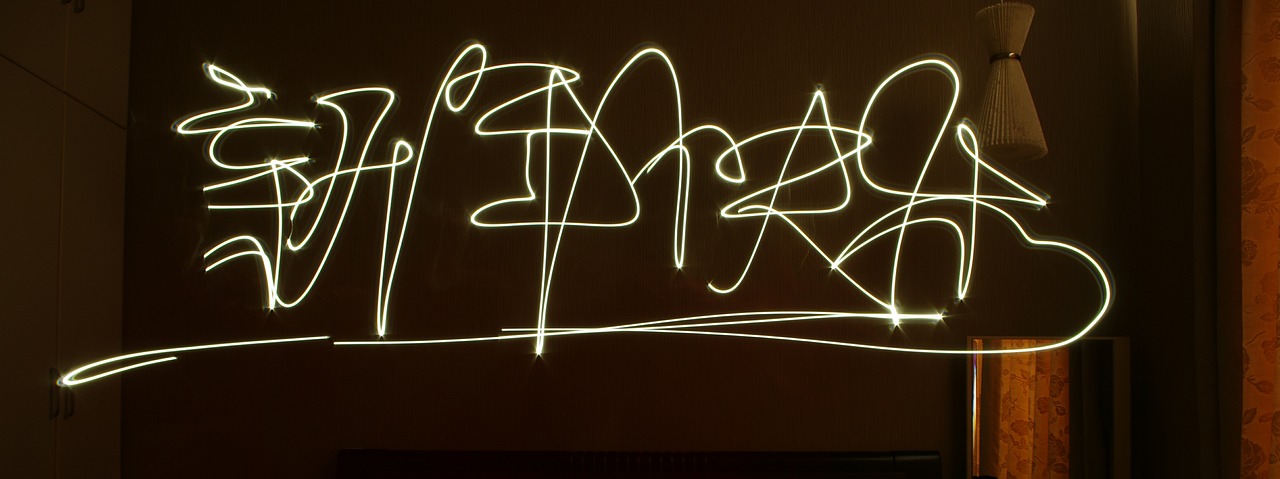
Decorations and Rangoli Art
During the Gangaur Festival, decorations and Rangoli art play a significant role in creating a festive and colorful ambiance. The art of Rangoli involves creating intricate designs using colored powders, rice, flower petals, and other materials. These designs are often geometric patterns or floral motifs that adorn the entrances of homes and courtyards as a form of decoration and welcoming gesture.
Rangoli art is not just about aesthetics; it also holds symbolic meaning in the context of the festival. The intricate patterns are believed to ward off evil spirits and bring prosperity and good luck to the household. Each design is carefully crafted with precision and creativity, showcasing the artistic skills and cultural heritage of the creators.
Furthermore, Rangoli art serves as a form of expression and celebration during the Gangaur Festival. It is a way for individuals to showcase their creativity and pay homage to the deities being honored during the festivities. The vibrant colors and intricate patterns of Rangoli designs add a touch of elegance and beauty to the surroundings, enhancing the overall celebratory atmosphere.

Music and Dance Performances
The Gangaur Festival is not only a visual spectacle but also a feast for the ears and the soul with its . Traditional songs and melodies fill the air, creating a vibrant ambiance that resonates with the spirit of celebration. The rhythmic beats of traditional instruments such as dholak, manjeera, and sarangi set the pace for the lively dance performances that are a highlight of the festival.
During the Gangaur Festival, dancers adorned in colorful attire move gracefully to the music, depicting stories of love, devotion, and mythology. The traditional dance forms like Ghoomar and Kalbelia showcase the rich cultural heritage of Rajasthan, mesmerizing spectators with their intricate movements and expressive gestures.
As the music reaches a crescendo, the performers captivate the audience with their energetic performances, embodying the essence of joy and celebration. The melodic tunes and rhythmic beats create a symphony of sights and sounds, transporting everyone to a world of festivity and fervor.
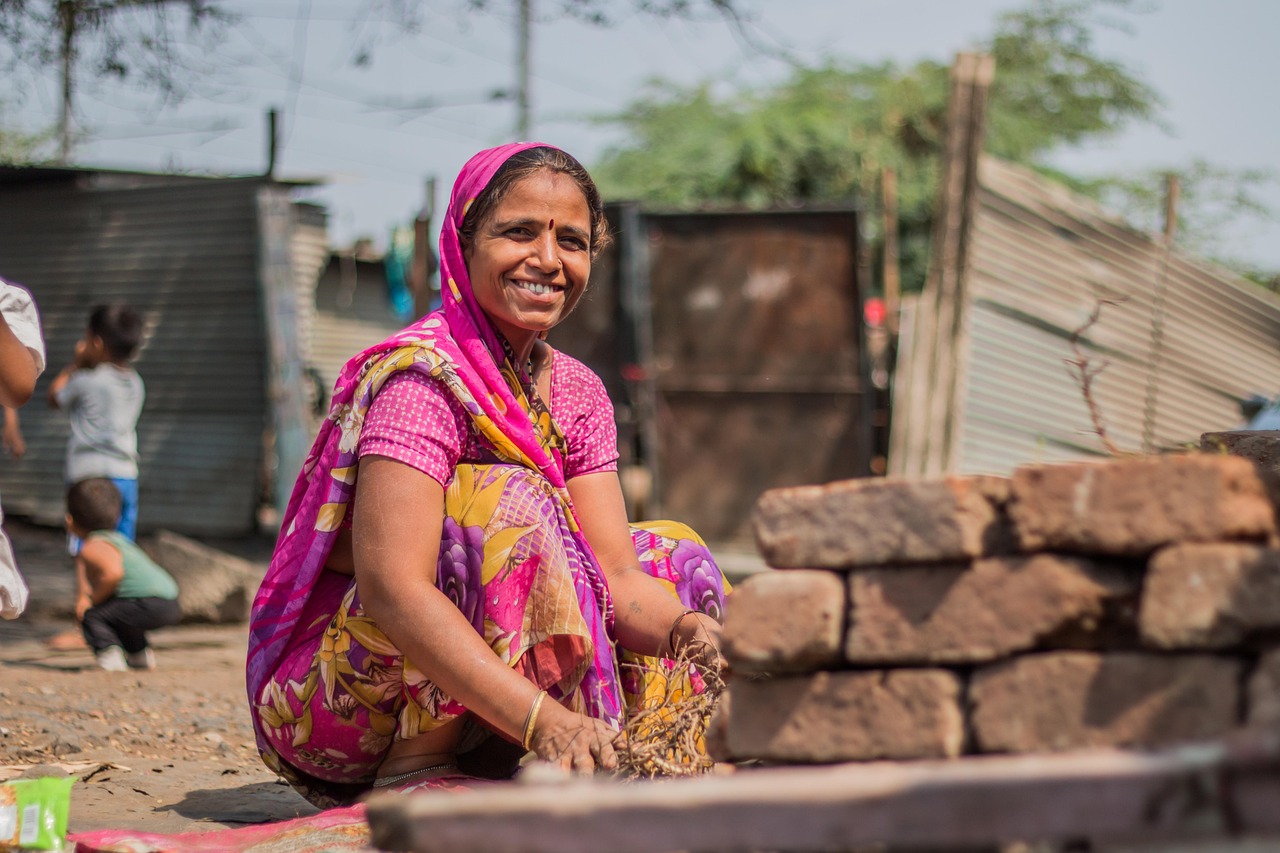
Traditional Folk Songs and Music
Traditional Folk Songs and Music play a vital role in the vibrant tapestry of the Gangaur Festival, filling the air with melodious tunes and lyrical storytelling. These traditional songs, passed down through generations, encapsulate the essence of love, devotion, and celebration that define this auspicious event. Accompanied by a variety of musical instruments such as dholak, manjeera, and sarangi, the folk music sets the rhythm for the festivities, creating an atmosphere of joy and unity.
The lyrics of the folk songs often narrate tales of ancient folklore, depicting the eternal love between Hindu deities like Lord Shiva and Goddess Parvati. These songs not only entertain the audience but also serve as a medium to educate and inspire, carrying forward the cultural heritage of India. The melodious tunes and soul-stirring lyrics evoke a sense of nostalgia and reverence among the participants, fostering a deep connection to their roots and traditions.
During the Gangaur Festival, communities come together to sing and dance to these traditional folk songs, forming a bond that transcends generations. The music acts as a unifying force, bringing people from diverse backgrounds under one harmonious melody. Whether it's the rhythmic beats of the dholak or the soulful melodies of the sarangi, each musical element adds a layer of richness to the cultural tapestry of the festival.
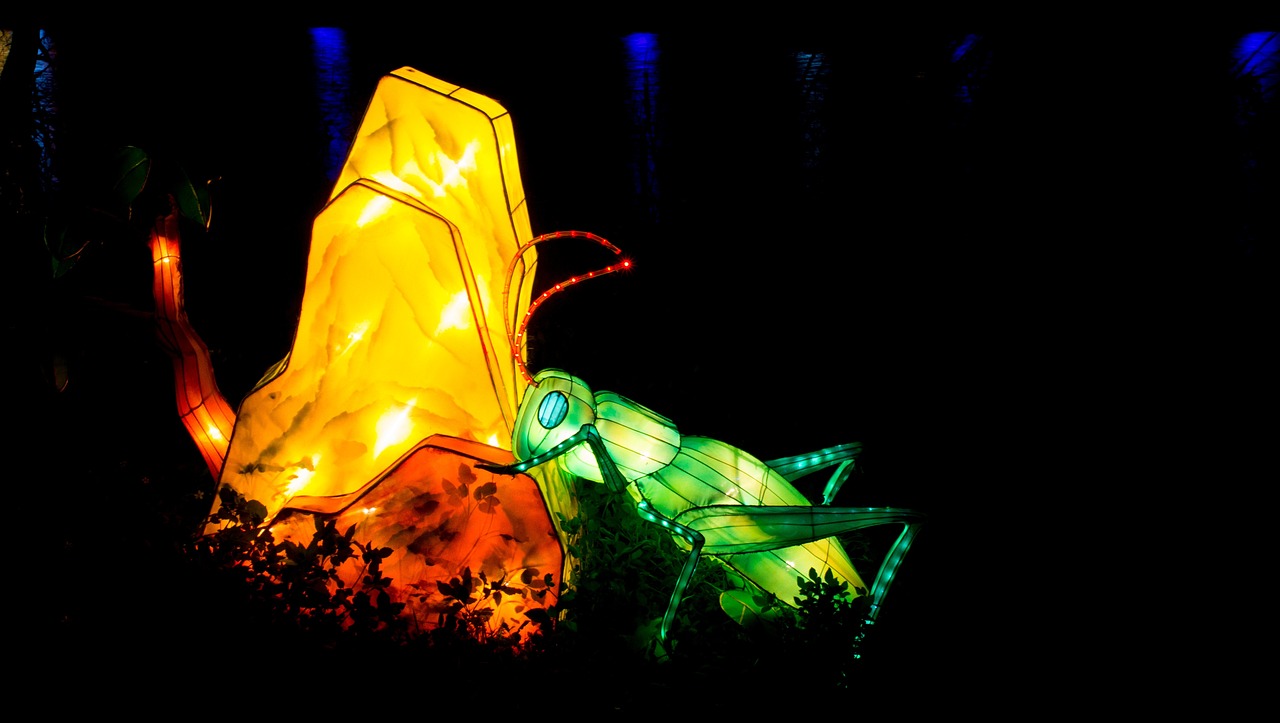
Regional Variations and Celebrations
Regional Variations and Celebrations of the Gangaur Festival showcase the diverse cultural tapestry of India, with each region adding its unique touch to the festivities. In Rajasthan, the heartland of the festival, the celebrations are grand and extravagant, with elaborate processions, vibrant dances, and mesmerizing music filling the streets. Women don traditional attire adorned with intricate jewelry, while men participate in traditional folk performances, creating a colorful spectacle that captivates onlookers.
Heading south to Gujarat, the Gangaur Festival takes on a different hue, with a focus on intricate rangoli designs adorning doorsteps and courtyards. The air is filled with the aroma of traditional Gujarati delicacies, and communities come together to celebrate with fervor and joy. In Maharashtra, the festival is marked by traditional folk songs and dance performances, showcasing the rich cultural heritage of the state.
Traveling east to West Bengal, the Gangaur Festival merges with the local spring festival of Basant Panchami, creating a unique blend of traditions. The streets are alive with colorful processions, and the sound of traditional Bengali music fills the air. In the southern state of Karnataka, the festival is celebrated with a focus on community bonding, with families coming together to create intricate floral decorations and participate in traditional rituals.
Across India, each region infuses the Gangaur Festival with its own customs, rituals, and traditions, creating a rich tapestry of cultural diversity. From the grandeur of Rajasthan to the simplicity of Gujarat, the festival unites people in celebration and showcases the beauty of India's cultural heritage.
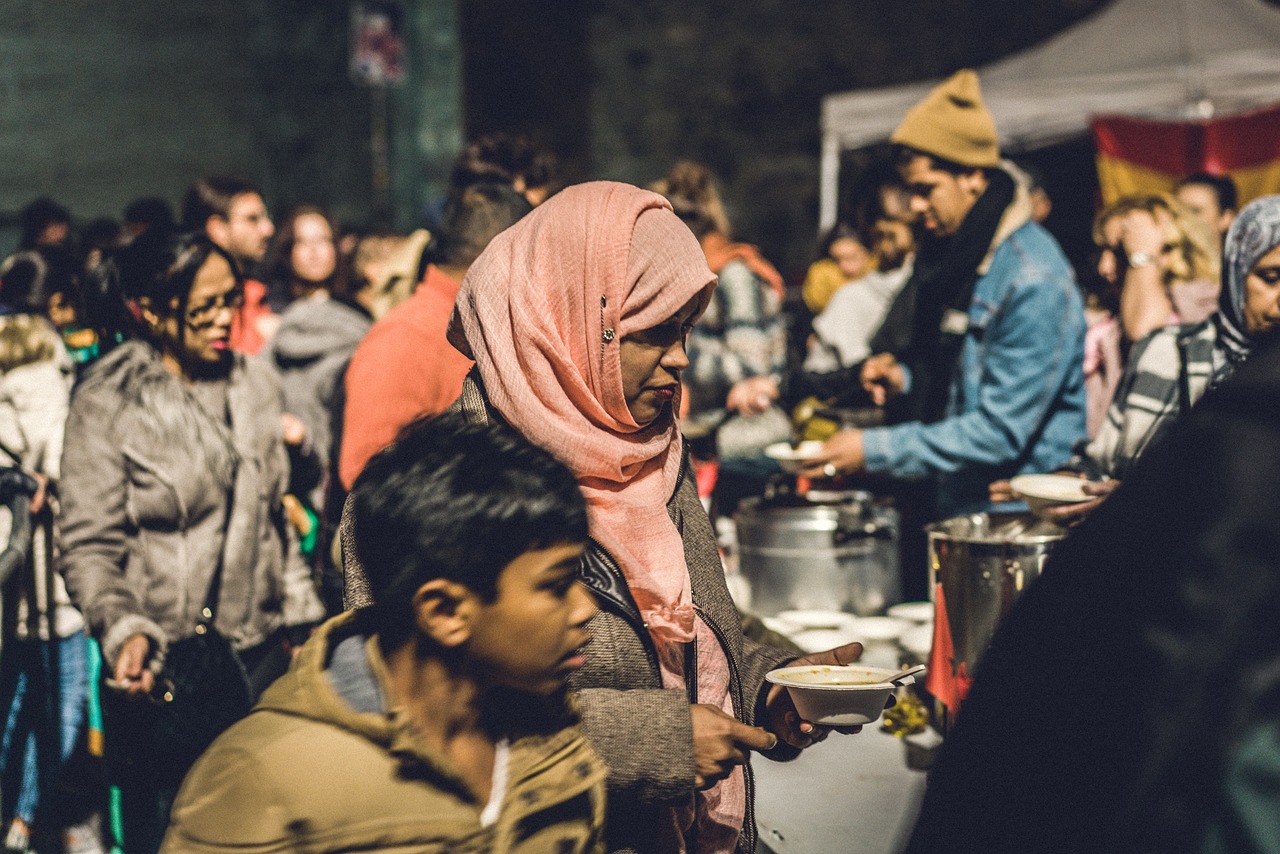
Modern Interpretations and Contemporary Relevance
As the world continues to evolve, so does the celebration of the Gangaur Festival. In modern times, this traditional event has taken on new meanings and interpretations, adapting to the changing dynamics of society. While the essence of love, marriage, and spring remains at the core of the festival, contemporary relevance has brought forth fresh perspectives and practices.
One of the modern interpretations of the Gangaur Festival lies in its promotion of gender equality and empowerment. In today's context, the festival serves as a platform to celebrate the strength and independence of women, highlighting their roles in society beyond traditional norms. It symbolizes a shift towards inclusivity and recognition of women's contributions in various spheres of life.
Furthermore, the Gangaur Festival has found contemporary relevance in promoting environmental awareness and sustainability. With a growing emphasis on eco-friendly practices, many communities are incorporating green initiatives into the festivities. From using organic colors in rangoli designs to promoting waste reduction during celebrations, the festival is embracing a more environmentally conscious approach.
Moreover, the festival's contemporary relevance extends to fostering cultural exchange and unity. In a globalized world, the Gangaur Festival has become a platform for cultural exchange, welcoming people from diverse backgrounds to partake in the celebrations. It serves as a symbol of unity, bringing communities together to appreciate and embrace cultural diversity.
Overall, the modern interpretations and contemporary relevance of the Gangaur Festival showcase its adaptability and resilience in the face of changing times. While honoring age-old traditions and customs, the festival continues to evolve, reflecting the dynamic nature of Indian culture and society.
Frequently Asked Questions
- What is the significance of the Gangaur Festival?
The Gangaur Festival holds great cultural and traditional significance in India, particularly in the state of Rajasthan. It is a celebration of love, marriage, and the arrival of spring, symbolizing the bond between married couples and the renewal of nature.
- What are some of the key rituals observed during the Gangaur Festival?
Some of the key rituals of the Gangaur Festival include fasting by married women for the well-being of their husbands, colorful processions featuring beautifully adorned idols of Isar and Parvati, and traditional performances such as folk dances and music.
- How is traditional dress and attire important during the Gangaur Festival?
Traditional attire worn during the Gangaur Festival plays a significant role in the festivities, with vibrant colors and intricate designs symbolizing joy and prosperity. Specific clothing choices and accessories hold symbolic meanings related to the celebration.
- What role does music and dance play in the Gangaur Festival?
Music and dance performances are integral to the celebratory spirit of the Gangaur Festival, with traditional songs, instruments, and dance forms adding to the festive ambiance. These cultural expressions enhance the overall experience of the event.
- How has the Gangaur Festival evolved over time?
The Gangaur Festival has evolved over time to adapt to modern interpretations and contemporary relevance while preserving its cultural essence. It continues to be celebrated with traditional fervor, incorporating regional variations and diverse customs across different states in India.





